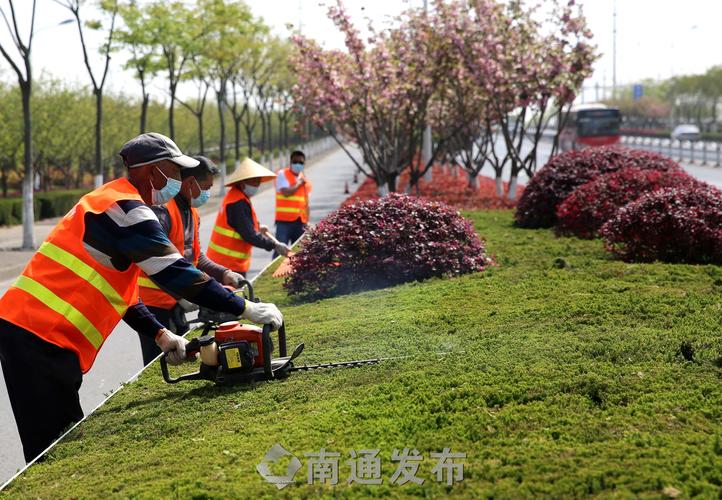金年会:智慧中国城市英文版
作者:金年会发布时间:2024-07-01
art Cities in China
In recent years, China has been king significant progress in building art cities. With an emphasis on technology and innovation, these cities are transforming the way people live, work, and interact with their surroundings. This article explores some of the key features and advancements in art cities across China.
金年会
art Transportation
One of the standout features of art cities in China is their advanced transportation systems. From autonomous vehicles to intelligent traffic nagement, these cities are leveraging technology to improve efficiency and reduce congestion. art traffic lights, for example, use real-time data to optimize signal timings based on traffic conditions, resulting in oother flows and reduced trel times.
In addition, art parking systems enable drivers to quick locate ailable parking spaces using mobile apps, reducing the time spent searching for a parking spot and minimizing carbon emissions. Integration of various modes of transportation, such as buses, metro lines, and bike-sharing schemes, further enhances accessibility and conience.
art Infrastructure and Utilities
Another key aspect of art cities is the use of advanced infrastructure and utilities. art grids ensure efficient distribution of electricity, allowing for better monitoring and nagement of energy consumption. This not on reduces waste but also enables the integration of renewable energy sources, such as solar and wind power.
art water nagement systems help in the conservation of this precious resource by effective monitoring usage, detecting leaks, and implementing efficient irrigation techniques. Additional, art waste nagement systems optimize garbage collection routes and schedules, minimizing environmental impact and improving overall cleanliness.
art Governance and Public Services
The development of art cities also involves the implementation of digital solutions for governance and public services. Municipalities are using big data and artificial intelligence to enhance public safety, improve healthcare services, and ensure efficient emergency response systems.
For instance, facial recognition technology combined with surveillance cameras allows for quick identification of individuals and helps in intaining public security. art healthcare systems enable remote consultations, electronic health records, and personalized health monitoring, revolutionizing the way healthcare is delivered.
Conclusion
China's art cities are at the forefront of urban innovation, leveraging technology to create sustainable, efficient, and livable environments. From art transportation and infrastructure to governance and public services, these cities are setting an example for the rest of the world. As China continues to ist in building art cities, the integration of technology and urban development will further reshape the future of urban living.



